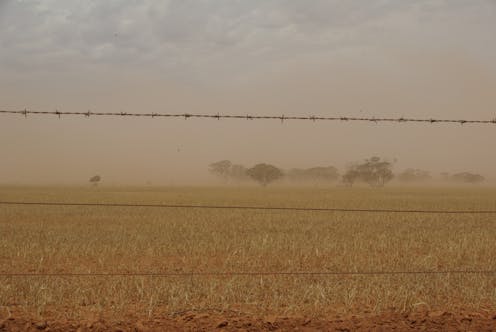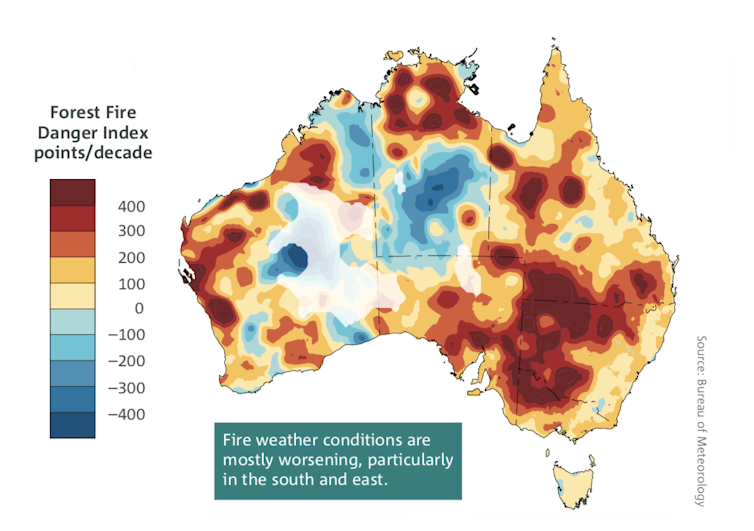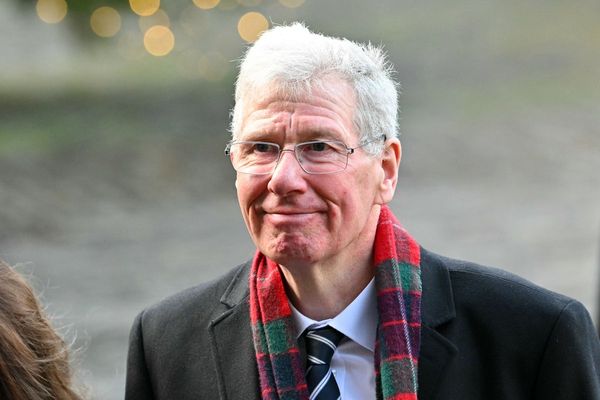
Australia’s high rates of forest loss and weakening land clearing laws are increasing bushfire risk, and undermining our ability to meet national targets aimed at curbing climate change.
This dire situation is why we are among the more than 300 scientists and practitioners who have signed a declaration calling for governments to restore, or better strengthen regulations to protect native vegetation.
Read more: Land clearing on the rise as legal 'thinning' proves far from clear-cut
Land clearing laws have been contentious in several states for years. New South Wales relaxed its land clearing controls in 2017, triggering concerns over irreversible environmental damage. Although it is too early to know the impact of those changes, a recent analysis found that land clearing has increased sharply in some areas since the laws changed.
The Queensland Labor government’s 2018 strengthening of land clearing laws came after years of systematic weakening of these protections. Yet the issue has remained politically divisive. While discussing a federal inquiry into the impact of these policies on farmers, federal agriculture minister David Littleproud suggested that the strenthening of regulations may have worsened Queensland’s December bushfires.
We argue such an assertion is at odds with scientific evidence. And, while the conservation issues associated with widespread land clearing are generally well understood by the public, the consequences for farmers and fire risks are much less so.
Tree loss can increase fire risk
During December’s heatwave in northern Queensland, some regions were at “catastrophic” bushfire risk for the first time since ratings began. Even normally wet rainforests, such as at Eungella National Park inland from Mackay, sustained burns in some areas during “unprecedented” fire conditions.
There is no evidence to support the suggestion that 2018’s land clearing law changes contributed to the fires. No changes were made to how vegetation can be managed to reduce fire risk. This is governed under separate laws, which remained unaltered.
In fact, shortly after the fires, Queensland’s land clearing figures were released. They showed that in the three years to June 2018, an area equivalent to roughly 570,000 Melbourne Cricket Grounds (1,138,000 hectares) of bushland was cleared, including 284,000 hectares of remnant (old-growth) ecosystems.
Tree clearing can worsen fire risk in several ways. It can affect the regional climate. In parts of eastern Australia, tree cover reductions are estimated to have increased summer surface temperatures by up to 2℃ and southwest Western Australia by 0.4–0.8℃, reduced rainfall in southeast Australia, and made droughts hotter and longer.
Removing forest vegetation depletes soil moisture. Large, intact areas of forest typically have cooler, wetter microclimates buffered from extreme temperatures. Over time, some forest types can even become fire-resistant, but smaller patches of trees are typically drier and more flammable.
Trees also form a natural windbreak that can slow the spread of bushfires. An analysis of the 2005 Wangary fire in South Australia found that fires spread most rapidly through paddocks, rather than through areas lined with native trees.

Finally, Australia’s increasing risk of bushfire and worsening drought are driven by global climate change, to which land clearing is a major contributor.
Farmers on the frontline of environmental risk
Extensive tree clearing also leads to problems for farmers, including rising salinity, reduced water quality, and soil erosion. Governments and rural communities spend significant money and labour redressing the aftermath of excessive clearing.
Sensible regulation of native vegetation removal does not restrict existing agriculture, but rather seeks to support sustainable production. Retained trees can help deal with many environmental risks that hamper agricultural productivity, including animal health, long-term pasture productivity, risks to the water cycle, pest control, and human well-being.
Rampant tree clearing is undoing climate policy too. Much of the federal government’s A$2.55 billion Emissions Reduction Fund has gone towards tree planting. But it would take almost this entire sum just to replace the trees cleared in Queensland since 2012.
Read more: Stopping land clearing and replanting trees could help keep Australia cool in a warmer future
In 2019, Australians might reasonably expect that our relatively wealthy and well-educated country has moved beyond a frontier-style reliance on continued deforestation, and we would do well to better acknowledge and learn lessons from Indigenous Australians with respect to their land management practices.
Yet the periodic weakening of land clearing laws in many parts of Australia has accelerated the problem. The negative impacts on industry, society and wildlife are numerous and well established. They should not be ignored.
Martine Maron receives funding from a range of sources including the Australian Research Council, the National Environmental Science Program's Threatened Species Recovery Hub, the Science for Nature and People Partnership, and The New South Wales Environment Trust. She provides advice to several State and Federal government environment agencies as well as WWF-Australia, is a Director of BirdLife Australia, and is a member of the Ecological Society of Austrralia's Academic Freedom Working Group, the Alliance of Leading Environmental Researchers and Thinkers, and two threatened species recovery teams.
Andrea Griffin receives funding from a range of organisations, private foundations and local governments, including the Australian Research Council, the Holsworth Wildlife Research Endowment, the Tom Farrell Institute, the NSW Envrionmental Trust, the Australian Museum, and various local councils. These funds support her research in zoology. She has served as a member of Council of the Australasian Society for the Study of Animal Behaviour, and currently serves as editor and associate editor for two scientific journals, Behavioral Ecology and Proceedings of the Royal Society, Biological Sciences.
April Reside is a scientific advisor for the Black-throated Finch Recovery Team and is on Birdlife Australia's Research and Conservation Committee. In the past, April has received funding from the Regional NRM planning for climate change program, the National Climate Change Adaptation Research Facility, and the NESP Threatened Species Recovery Hub.
Bill Laurance receives funding from various scientific and philanthropic organisations. He is the director of the Centre for Tropical Environmental and Sustainability Science at James Cook University, and founded and directs ALERT--the Alliance of Leading Environmental Researchers & Thinkers, a science-advocacy group that reaches 1-2 million readers weekly.
Don Driscoll receives funding from the Herman Slade Foundation, OEH NSW Environmental Grants program, DELWP Vic, and Bushfire and Natural Hazards CRC. He is President of the Ecological Society of Australia, Director of the Centre of Integrative Ecology and Director of TechnEcology at Deakin University. Don is a member of the Ecological Society of Australia and Society for Conservation Biology.
Euan Ritchie receives funding from the Australian Research Council, The Australia and Pacific Science Foundation, The Hermon Slade Foundation, Australian Geographic, and Parks Victoria. Euan Ritchie is a Director (Media Working Group) of the Ecological Society of Australia, and a member of the Australian Mammal Society.
Steve Turton has previously received funding from the Australian Government. Steve is a Director of Terrain (Wet Tropics) Natural Resource Management Ltd, Independent Chair of the Wet Tropics Healthy Waterways Partnership, and Chair of the National Committee for Geographical Sciences (Australian Academy of Science).
This article was originally published on The Conversation. Read the original article.







